Meeting soil health where it’s at and then scaling it up to where we need it
The Soil Health Institute has announced a set of recommended measures for evaluating soil health.
Following a 3-year assessment of more than 30 soil health indicators, CA4SH partner the Soil Health Institute (SHI) presented a recommended set of measurements at their Annual General Meeting (AGM) this past August.
SHI is a global non-profit research organisation that seeks to enhance soil health by supporting farmers, ranchers and landowners to adopt regenerative and sustainable agricultural practices that don’t compromise on production and environmental goals.
The theme of this year’s AGM was ‘Scaling up soil health’, but doing so requires an understanding of where soil health is at in the present, and what interventions could help increase soil vitality.
Since the beginning of the soil health movement in the 1990s, the question of how best to measure soil health has been answered without consensus. The North American Project to Evaluate Soil Health Measurements (NAPESHM) was supported by the Foundation for Food & Agriculture Research, the Samuel Roberts Noble Foundation, and General Mills, and sought to identify the most effective measurements of soil health that are accessible and reliable for all land managers. The suite of recommendations puts the best foot forward from over 100 scientists at 124 long-term agricultural research sites in the United States, Canada, and Mexico, where traditional agriculture was compared with alternative practices that enhance soil health to ensure the measurements can be applied across systems.
NAPESHM Highlights
30+ Soil health indicators assessed
124 Research sites measured
97% of all samples collected in spring 2019
Each measurement was evaluated through rigorous experiments to determine its effectiveness with a high degree of statistical significance. Based on these results, SHI recommends three measurements to be widely applied across North America:
soil organic carbon concentration (how much organic carbon is in the soil in the form of living organisms or decaying plant and animal matter),
carbon mineralization potential (reflects the size and structure of microbial communities in soil), and
aggregate stability (the ability of soil to withstand forces like flowing water).
While additional measurements can be included depending on the objectives of the measurer, these three recommended measurements are a tried and tested baseline of indicators that can help North American soil health advocates share and compare results, experiences and lessons learned moving forward.

